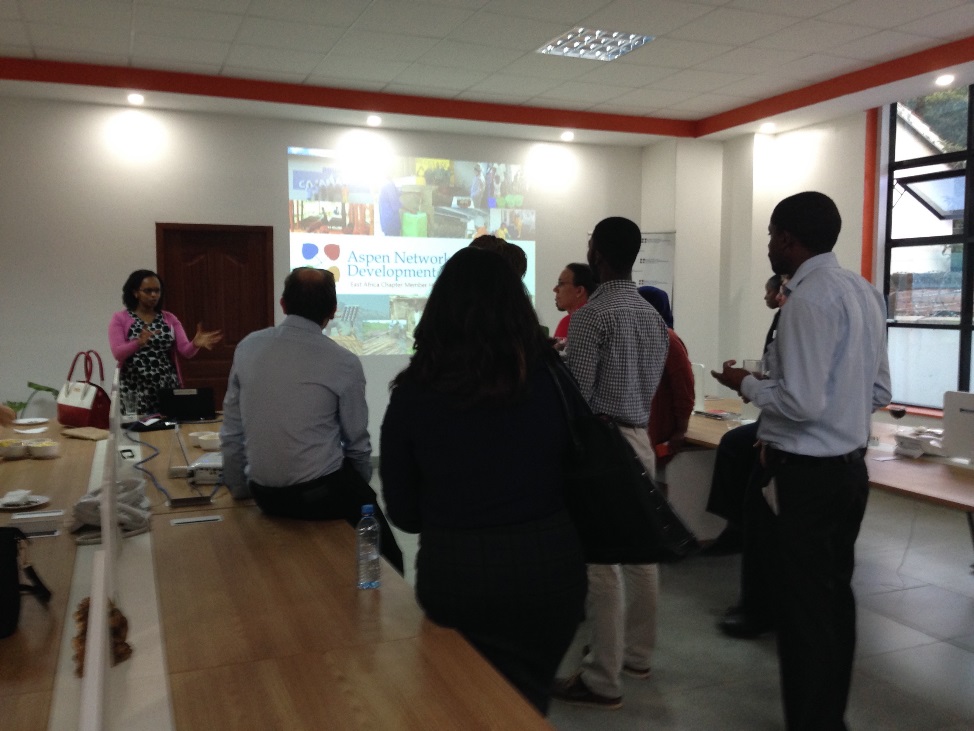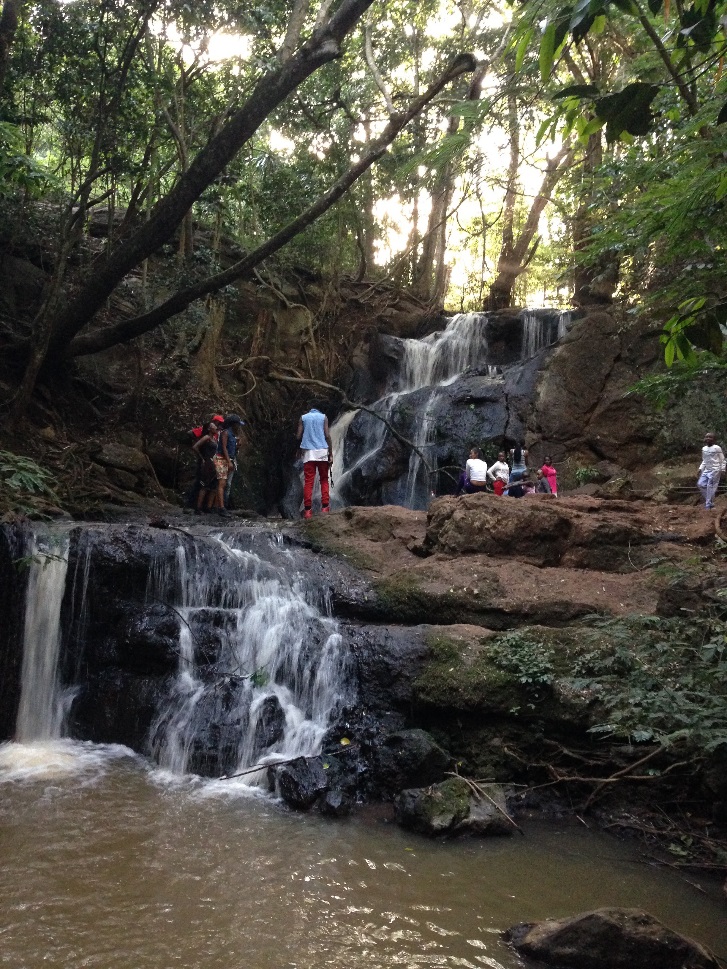Student Research: Behind the Numbers: Finding Success in Impact Investing
by McKenzie Smith (MIB 2017)
In their 2016 Investor’s Survey, the Global Impact Investing Network (GIIN) reported that 99% of respondents are meeting or exceeding their impact targets, whereas 89% would say the same for financial returns. As with many statistics, this near-perfect success made me wonder about the anecdotes behind the numbers, and the conversations that followed with professors, peers, and practitioners in the impact investing space formed the foundation of my capstone.
 Recent research by the GIIN shows that impact data drives business value through five key channels, and other work has focused on just how impact investors are measuring impact. Still others argue for the use of impact classes to bring clarity to how we discuss impact, but few have focused on best practices for actively managing impact performance. As my conversations evolved, my list of questions grew.
Recent research by the GIIN shows that impact data drives business value through five key channels, and other work has focused on just how impact investors are measuring impact. Still others argue for the use of impact classes to bring clarity to how we discuss impact, but few have focused on best practices for actively managing impact performance. As my conversations evolved, my list of questions grew.
- How are impact investors defining impact goals within the context of their investment theses?
- How are they making investment decisions that incorporate considerations of portfolio and deal-level impact targets?
- How are impact investors managing investments to increase impact performance against targets?
- How do investors think about impact risk both before and after making an investment?
- Should an investment yield poor impact performance (regardless of financial performance), [how] are funds responding to correct impact performance?
- What controls, tools, and processes are investors using to incorporate learning from past deals into future investment decisions?
- What are the core challenges in impact performance management?
Extrapolating on these questions, if the vast majority of the impact investment community is performing at or above impact targets, why is much of the impact dialogue still dominated by defining and measuring impact? Moreover, as impact investing becomes increasingly more mainstream, how can we “watchdog the impact” to ensure the impact marketing budgets of global financial institutions are not larger than the meaningful impact products they offer? Finally, if the statistic truly does reflect stellar performance, is there something that these respondents are doing that can be shared across the industry?
From this premise, I began to reach out to investors, conducting phone interviews to understand how their organizations manage impact across the investment lifecycle. As I spoke with ever more people however, I realized that I needed to find ways to meet with investors in person to truly understand their day-to-day operations and the conversations, tools, and organizational structures they used to manage impact performance. As a focal point for innovation and entrepreneurship and a hub for both investors and corporations targeting Africa, I selected Nairobi as an ideal location for my research. With support from the IBGC, I was able to make this a reality.
 In Nairobi, I met with investors and employees from funds across the spectrum in terms of return targets, sector focus, and investment thesis. Within this single ecosystem, there is an enormous diversity in approaches to managing impact – from terms that allow for divesting (or failing to provide follow-on capital) from deals that fail to meet impact goals to the creation of positions focused on incorporating lessons from past deals into investment decision-making tools and templates. In many instances, investors have focused in the last few years on improving their impact measurement capabilities and are only just beginning to position themselves to more thoroughly consider how best to manage impact performance. I hope that my work can incorporate the lessons of industry leaders in this area and form the basis for further discussion in the industry on this aspect of impact investing.
In Nairobi, I met with investors and employees from funds across the spectrum in terms of return targets, sector focus, and investment thesis. Within this single ecosystem, there is an enormous diversity in approaches to managing impact – from terms that allow for divesting (or failing to provide follow-on capital) from deals that fail to meet impact goals to the creation of positions focused on incorporating lessons from past deals into investment decision-making tools and templates. In many instances, investors have focused in the last few years on improving their impact measurement capabilities and are only just beginning to position themselves to more thoroughly consider how best to manage impact performance. I hope that my work can incorporate the lessons of industry leaders in this area and form the basis for further discussion in the industry on this aspect of impact investing.
Being in Nairobi, I was also able to schedule follow-up meetings with additional funds and connections developed on the ground. I attended an Aspen Network of Development Entrepreneurs (ANDE) happy hour one evening and there met people working at two smaller funds that were not initially on my radar. These research insights and the relationships I was able to build in Nairobi simply wouldn’t have been possible had I not visited fund offices and interacted with multiple employees directly.
Finally, while my weekdays were spent diligently sitting in traffic in between meetings (the rumors are true—traffic in Nairobi is intense!), I took advantage of my weekend to explore some of the sights and sounds that Nairobi has to offer. While a trip to Masai Mara wasn’t quite in the research budget, I was able to head to the beautiful Karura Forest, just within the city limits, to reconnect with nature after the bustle of a busy, research-filled week.
McKenzie Smith is a 2017 Master of International Business candidate at The Fletcher School.
